Can We Put These Electronics in Our Favorite Aerobars?
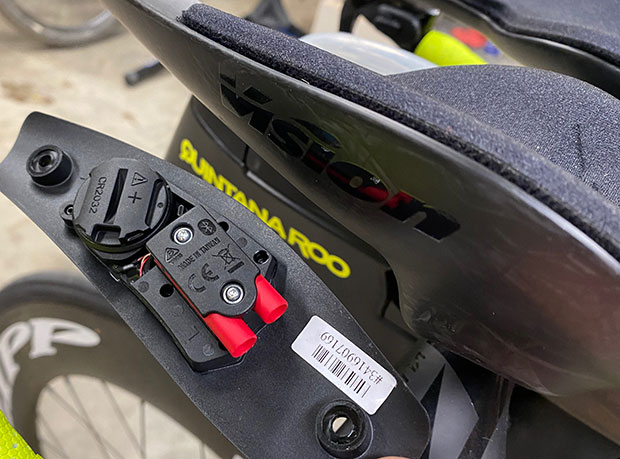
I’m going to write 6 articles this month on your future in triathlon. At least, it’s my best guess on what the future will hold for you and I. I’ll write about broad themes, but some content will be more tightly circumscribed. My first, here, is in the “tightly circumscribed” category. But I think it’s kind of a big thing because as I pan out and look at our future writ large (or medium-large), I believe we’re in the last gasp of our long goodbye to mechanical shifting. Below is my reasoning. (And then I’ll get to the goll-durned point of this article.)
As I wrote a couple of days ago, you guys (the aggregate you guys) are righteously indignant about the price of bikes, but then when you get around to buying the aggregate you tend to spend quite a bit on your bikes. Why? Because you want (among other things) electronic shifting. Wisely! Electronic shifting means no dropped chains; it’s much more compatible with internally-routed aero frames; mechanical shifting requires superlong cables for tri bikes reducing shift performance; electronic shifting makes it much easier to travel on an airplane with a tri bike.
The trick is to get the cost of a groupset down, and SRAM has taken 2 steps in that direction: Rival AXS eTap; and the 1x XPLR groupsets with tri-friendly cassette options (10-36 and 10-44). My instinct says Shimano will not be far behind, and is likely to bring electronic shifting down to the 105 level.
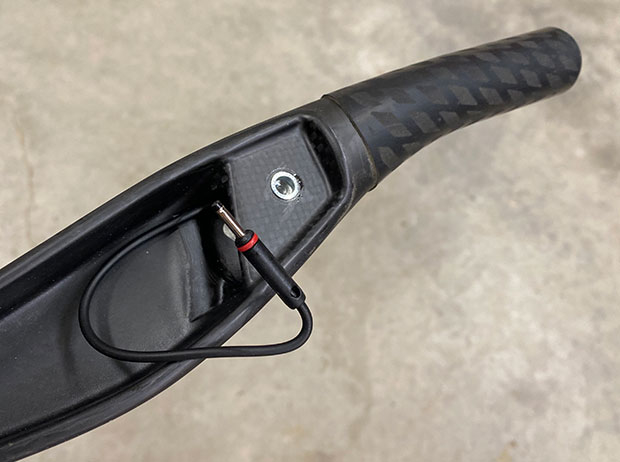
To energize some of those features – assembly and routing, airline travel – the trick is to make the shifting wireless, that is, for Shimano and SRAM to offers the same tech to tri bikes that they now offer for our road and gravel bikes. Look Ma, no wires! So, I reviewed a new maybe-product (we haven’t seen it come to market yet) a couple of days ago, SRAM’s Wireless Blips. There are three negatives to this product, if it does come to market. First, it’s a more or less 5-year product. I can live with that. But I prefer a product that I can recharge (as do we all). Second, the product is not optimized for bar-end shifting, ergonomically. It’s fine. It’ll work. But a Blip button you push at the end of the extension is a bit better. And third, it is only semi-smart. As it now is, you can’t pair with Wireless Blips, and you can’t micro-adjust the RD with them. This a promised feature upon eventual launch, but through the AXS app, not while riding, which you can do on all current AXS road shifters.
Which brings us to the fully-smart, graduate-degree, wireless bar-end shifter that does exist: the only one in nature, to my knowledge. It’s the Zipp Vuka Shift AXS 90, and I wrote about this last year. The problem is that it’s not the extension I want. For many years I argued for extensions that support the forearm all the way to the wrist – and I even made some of these myself – and thankfully the industry has responded with much better products than I could have come up with. But this is what I want, and the Zipp extension (pictured below) was designed just before this new wave or extensions began to sweep the market.
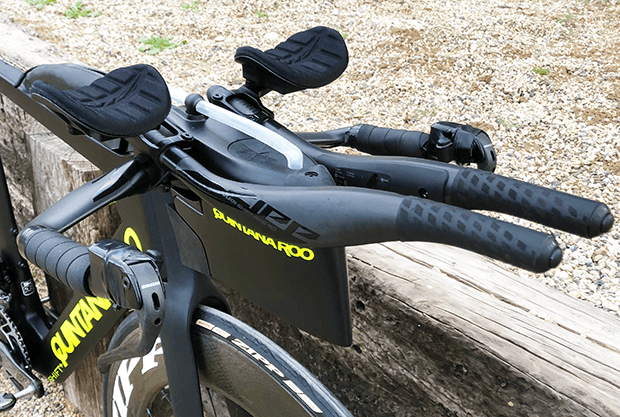
I want to back up and just look at this from a different angle. What you see in the image highest above is the chipset, battery, lights and ports that make the Zipp Vuka Shift AXS 90 go. There are 2 ports, and in the image just below that you see the Blip button shifter and the wire that plugs into the port on the chipset. (A replaceable 2032 coin cell battery powers the system.) That second port is for a Multiclic, which is SRAM’s wired slave that could go to the pursuit shifter (which is how I had my bike rigged in the pic just above).
That second port – in my view of the future – is no longer needed, because the Wireless Blips I just reviewed take the place of the Multiclics. The beauty of the system I'm describing – Zipp Vuka Shift AXS 90 electronics for the bar-end shifters, Wireless Blips for the pursuits – is twofold: First, there are no wires. Second, Multiclics are powered by the Vuka Shift AXS 90 battery, and if something were to ever happen – battery craps out, a short, whatever – the Multiclic dies with it. The Wireless Blip has its own power supply, so I absolutely know I’ll have shifting on the bike (unless something happens to a derailleur).
But, again, it’s not an accident that I held this chipset up to the Vision Metron TFE Pro aerobar extension. I want this on my bike, or something like it. One elegant fact about these extensions – the whole class of aero, forearm-support extensions – is that there’s a lot of room inside. Hollow empty space. I can’t see any reason why the electronics in the Vuka Shift AXS 90 can’t be placed inside the Vision Metron TFE Pro extensions.
The mechanics are easy. The hard part is a different mental approach. This would require SRAM/Zipp to be willing to sell the electronics to other aerobar makers, and those other aerobar makers would have to agree to make a bar that accepts them. There are certain wagers that come into play. Vision, or Profile Design, or Speedbar, or for that matter Trek, Canyon, Cervelo and the companies that make their own bars, must wager that the market wants to buy the rest of the SRAM groupset.
But if I’m SRAM, this is the door that unlocks the key to the sale of the entire groupset. Yes, these other aerobar companies compete with Zipp, but this places the onus on Zipp to make an extension and armrest that the rest of the world wants.
This also will force Shimano to place resources behind true wireless aerobar and pursuit bar shifting.
I don’t know if SRAM understands the head start it has here, and the implications for the tri market. I don't know if the aerobar makers understand the transformative product waiting to be made. I guess we’ll see.


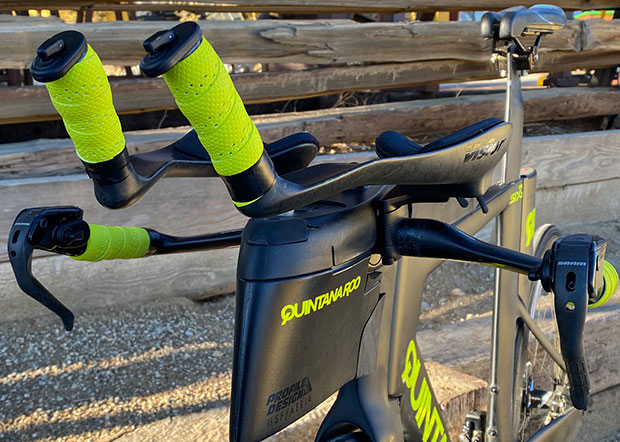
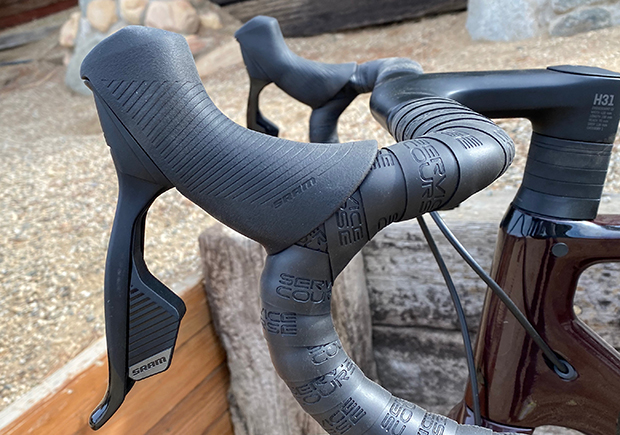
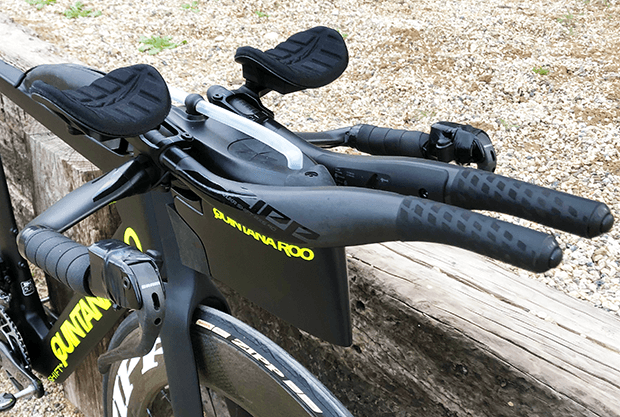
Start the discussion at forum.slowtwitch.com